| Content | The first volume, entitled “Islamic Thought: Book One”, consists of topics concerning God, humanity, the world, and the afterworld. The second collection, entitled “Islamic Thought: Book Two”, is comprised of the subjects of prophethood [nubuwah], Imamate, religious authority [marja’īah], and religious vicegerency [wilāyah]. The proportions of these books have been adapted to two study units each.
The structure of the introduction has been adapted to conform to the curriculum suggested by the Administration. This modified chapter has been named “Religion in the Modern World” which investigates the crises of modern humanity and related causes and factors and explains the function of religion in resolving these crises.
In the discussion concerning theology, while elucidating the methods of realizing God, the “Kalām Cosmological Argument” has been discussed in detail in the section entitled “The Way of Intellect”.
The policy of the Administration regarding introduction of contemporary Kalām discussions into the book was to do so gradually while simultaneously observing the necessary symmetry of the topics. Therefore, issues such as religious experience, benefits of religion, science and religion, and polytheism [kithrat girā’ī] have been introduced and existing materials have been enhanced in the second edition.
In this edition, the discussions concerning eschatology [ma’ād] and Imamate have been revised and the discussions on Imamate have been broadened. Additionally, discussions on religious authority [marja’īah] and religious vicegerency [wilāyah] have been revised in order to increase content accuracy and adjust the volume of this discussion. Furthermore, we have endeavored to answer all questions concerning these topics.
HEAVILY SUBSIDIZED BY WWW.ISLAMICTHOUGHT.CO.UK | This book, which is written by a well known scholar, a graduate of the Sorbonne, who switched from one Muslim school of thought to another, attempts to prove that the Muslims who truly follow the authentic Sunnah of the Prophet of Islam are actually none other than those referred to as the Shi as. It details how these Shi as (or Shi ites) learn this Sunnah from the closest people to the Prophet of Islam: his immediate family members. It traces the history of the Muslims of the first Islamic century and how they split into two camps, thus setting the foundations for both of these major sects. It also deals with the persecution to which the immediate family members of the Prophet of Islam were subjected and the politicians who played a major role in widening the gap between the followers of this sect and those of that. As for its style, the author restricts himself to quoting major authentic Sunni works to prove his point, relying on an in-depth study of the Islamic history in general and of that of the first century in particular. Many controversial themes are discussed in this book, including that of the infallibility of the Prophet of Islam and of the Twelve Imams who descended from Ali and Fatima, cousin and daughter of the Prophet respectively. Finally, the book concludes with an Appendix containing an Arabic poem in one thousand lines in praise of Commander of the Faithful Ali composed by an Iraqi poet for the Arabic speaking readers.
Heavily subsidized by www.wabil.com | Principles of good governance in the letter of Ali to al-Ashtar refers to a set of instructions and advice for rulers, reputedly addressed at Malik al-Ashtar (d. 657), the Arab military commander and an ardent supporter of Ali ibn Abi Talib (d. 661), who was the fourth Rashidun caliph (r. 656–661), the first Shia imam, and the cousin and son-in-law of the Islamic prophet Muhammad. The letter is attributed to Ali and outlines his conception of just and righteous governance, following the appointment of al-Ashtar as the new governor of Egypt circa 657 CE. Among the earliest extant records about Islamic rule, the letter has received considerable attention throughout the Muslim history as a blueprint for Islamic governance. The theme of the letter can be summarized as justice and compassion for all, regardless of class, creed, and color. Malik was killed en route to Egypt to assume his new post at the instigation of Mu'awiya, the archenemy of Ali.
HEAVILY SUBSIDIZED BY WWW.ISLAMICTHOUGHT.CO.UK | The book, which requires brevity and concentration, is regarded as one of the best that deals with applied ethics. It is a guide for spiritual wayfarers on ethics and ways to strengthen one's faith, with the goal to reach Allah (swt). | This book Shi`ah Advanced Seminary Its Phases, development and characteristics, takes you through a journey how the Hawza system work. Topics covered 1 History of two Hawzahs 2 Style 3 Hawzah flexibility 4 Political independence 5 Economic independence 6 spiritual independence 7 First to third phase 8 Powerful education system
HEAVILY SUBSIDIZED BY WWW.ISLAMICTHOUGHT.CO.UK
| This book contains word searches in following topics. 1Naflah 2 Qasr 3 Ghusl 4 Mayyit 5 Salaatjamaat 6 Sakaraat 6 Afterdeath 7 Ehkame 8 Hunoot 9 Kafan 10 Quboor 11 Barzakh 12 Grave 13 Squeezing 14 Ijara 15 Walidan
HEAVILY SUBSIDIZED BY WWW.ISLAMICTHOUGHT.CO.UK
|

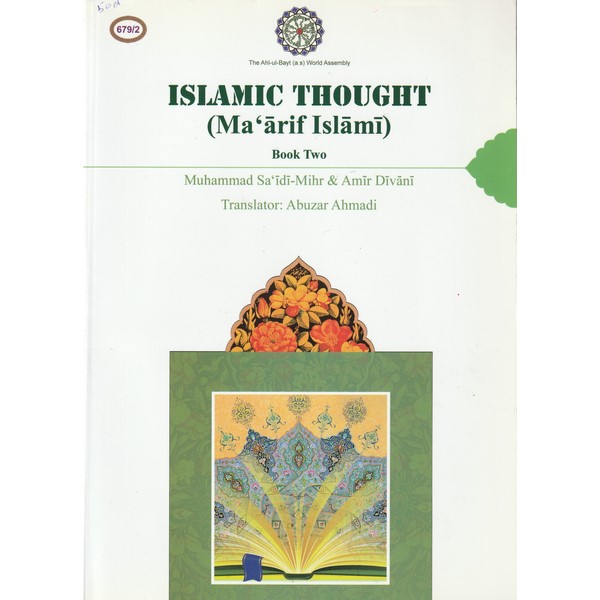

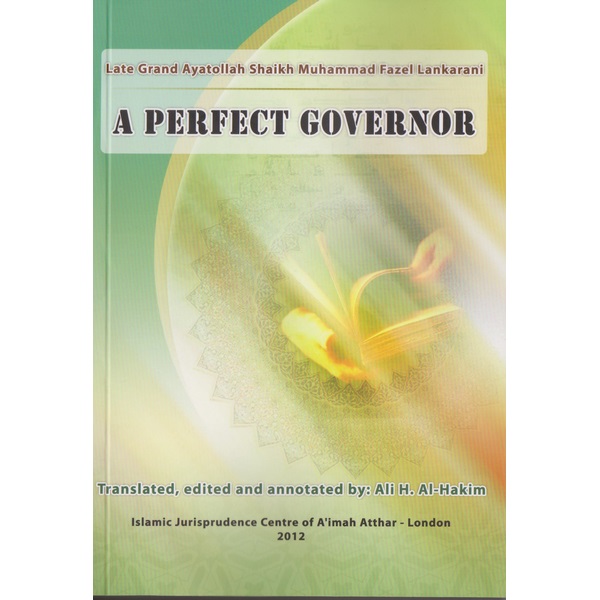
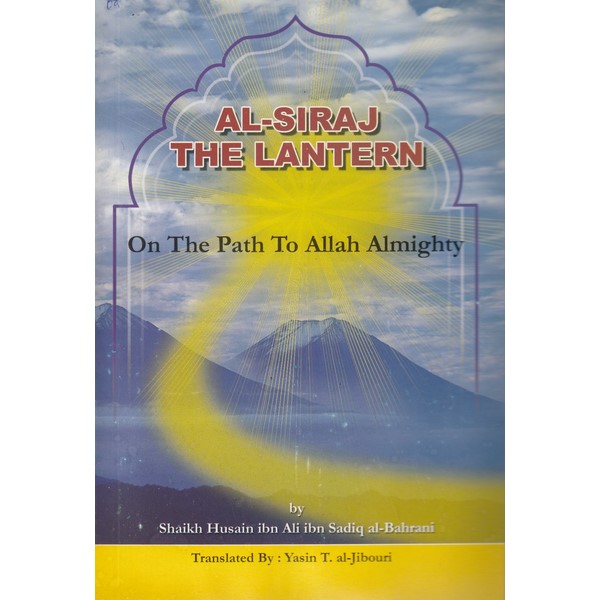
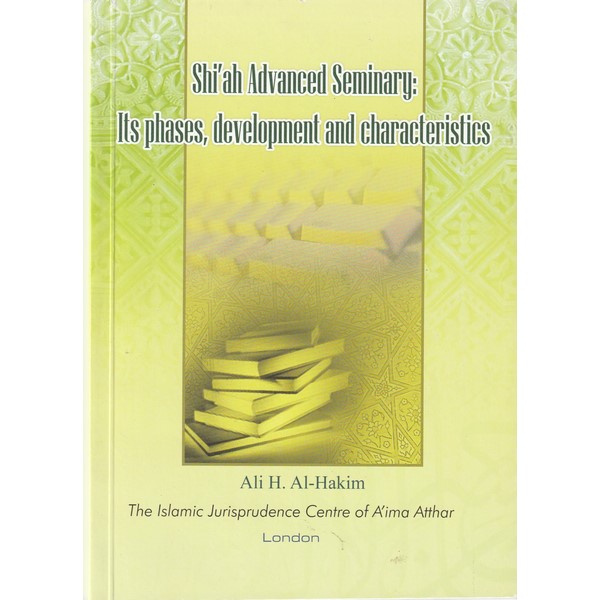

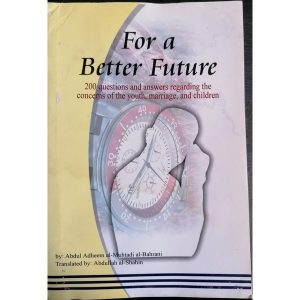

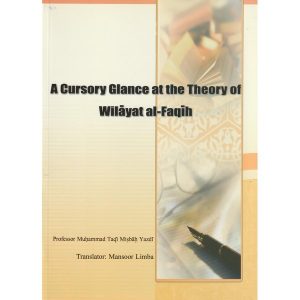


Reviews
There are no reviews yet.